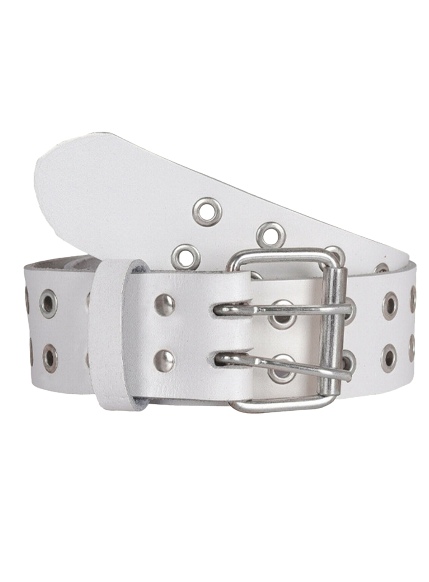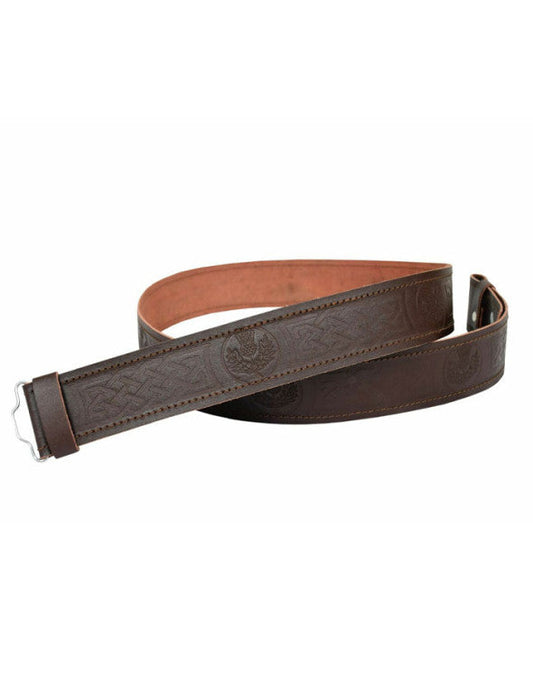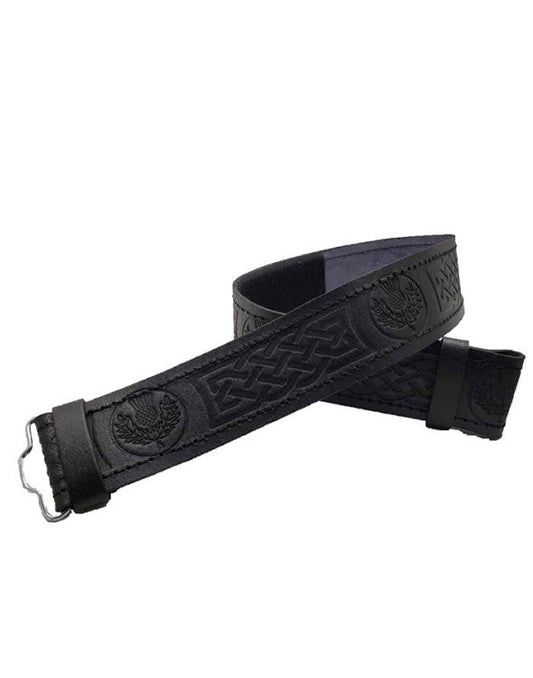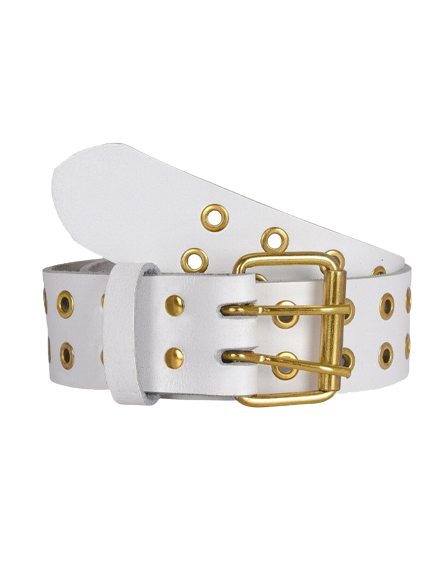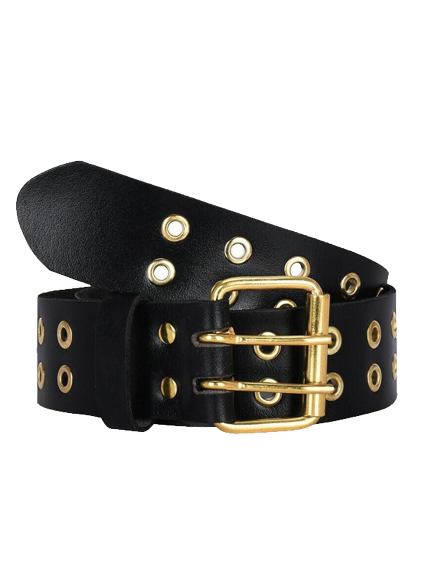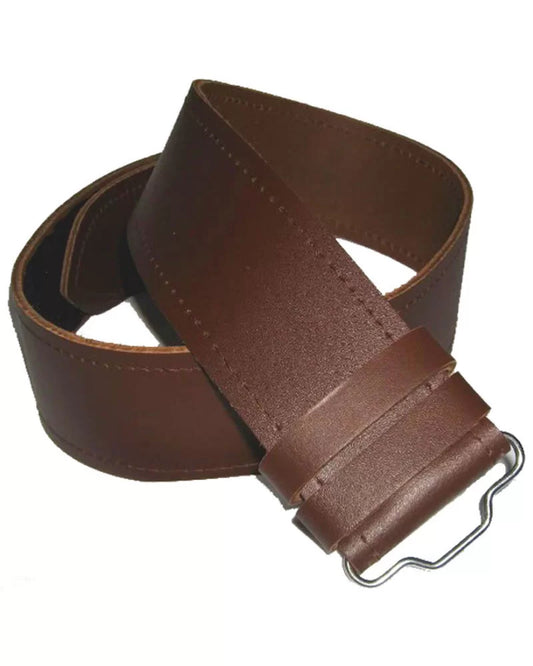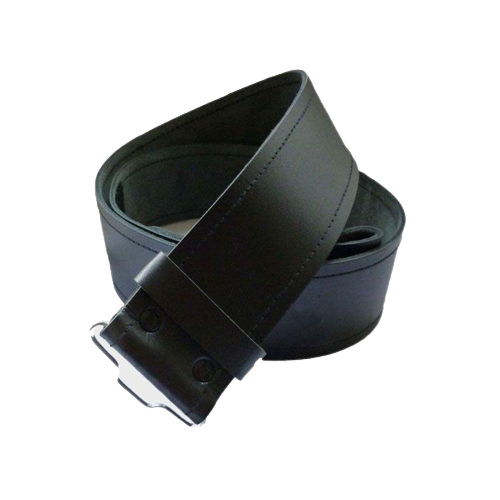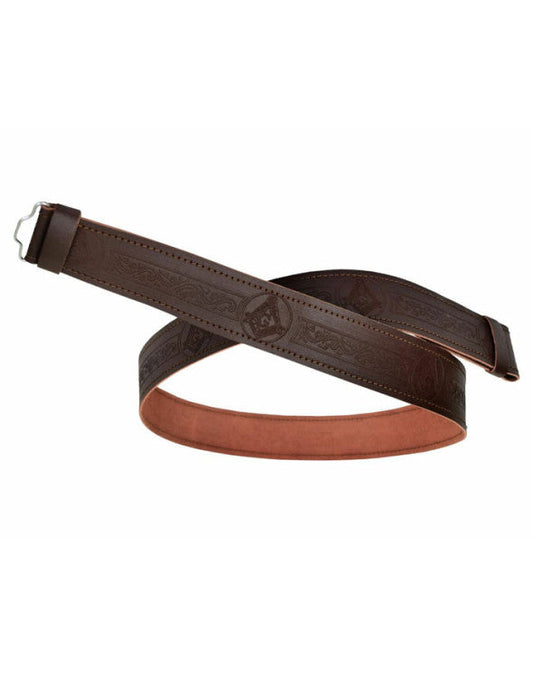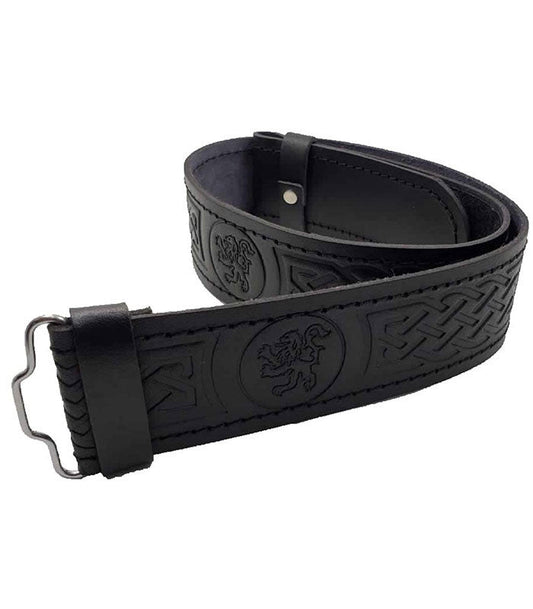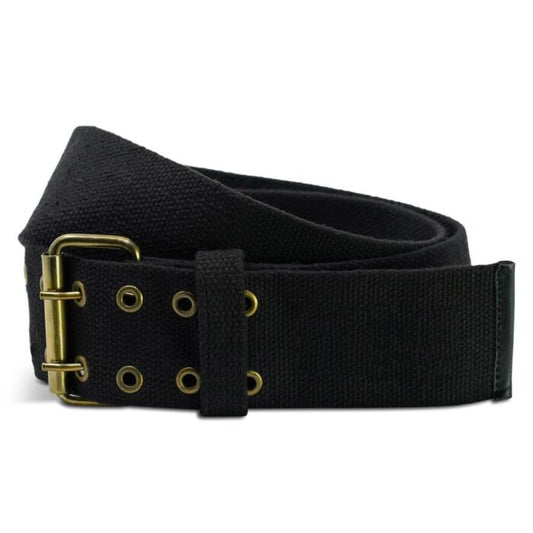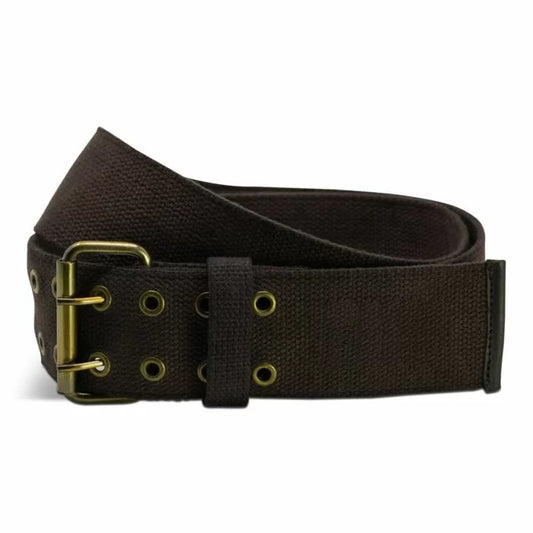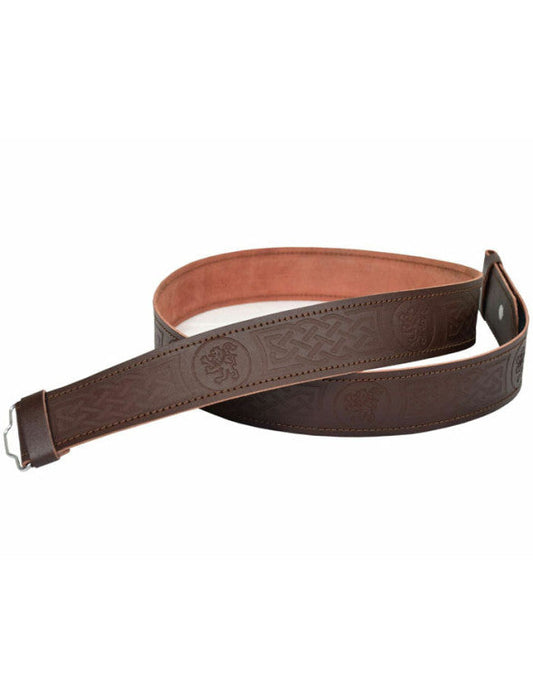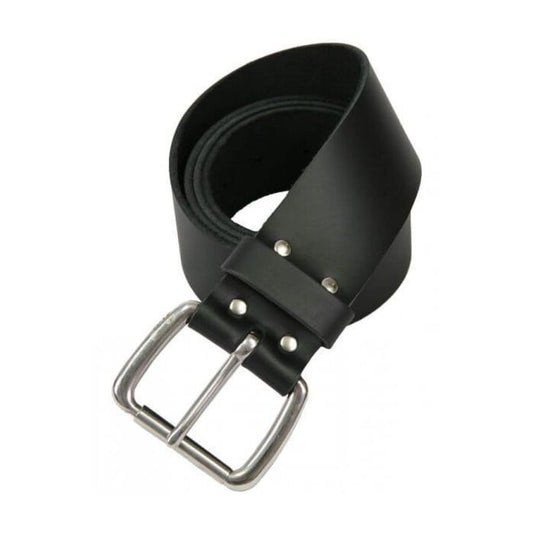-
White Double Prong Leather Belt
Regular price $69.00 CADRegular priceUnit price / per$137.00 CADSale price $69.00 CADSale -
thistle embossed brown leather kilt belt
Regular price $55.00 CADRegular priceUnit price / per$96.00 CADSale price $55.00 CADSale -
thistle embossed black leather kilt belt
Regular price $55.00 CADRegular priceUnit price / per$96.00 CADSale price $55.00 CADSale -
Scottish double prong white leather kilt belt
Regular price $69.00 CADRegular priceUnit price / per$137.00 CADSale price $69.00 CADSale -
Scottish double prong black kilt belt
Regular price $69.00 CADRegular priceUnit price / per$137.00 CADSale price $69.00 CADSale -
Plain Brown Leather Kilt Belt
Regular price $55.00 CADRegular priceUnit price / per$96.00 CADSale price $55.00 CADSale -
Plain Black Leather Kilt Belt
Regular price $55.00 CADRegular priceUnit price / per$96.00 CADSale price $55.00 CADSale -
masonic embossed brown leather kilt belt
Regular price $55.00 CADRegular priceUnit price / per$96.00 CADSale price $55.00 CADSale -
lion embossed black leather kilt belt
Regular price $55.00 CADRegular priceUnit price / per$96.00 CADSale price $55.00 CADSale -
Dual Prong Black Leather kilt belt
Regular price $69.00 CADRegular priceUnit price / per$137.00 CADSale price $69.00 CADSale -
Double Prong Fashion Kilt Belt
Regular price $69.00 CADRegular priceUnit price / per$96.00 CADSale price $69.00 CADSale -
Canvas Kilt Belt Black
Regular price $55.00 CADRegular priceUnit price / per$96.00 CADSale price $55.00 CADSale -
Brown Tactical Kilt Belt
Regular price $55.00 CADRegular priceUnit price / per$96.00 CADSale price $55.00 CADSale -
Brown lion Rampant Kilt Leather Belt
Regular price $55.00 CADRegular priceUnit price / per$96.00 CADSale price $55.00 CADSale -
Black Leather Utility Kilt Belt
Regular price $55.00 CADRegular priceUnit price / per$96.00 CADSale price $55.00 CADSale
Collection: Kilt Belts
Kilt Belts: Enhancing Style and Functionality
Introduction: Kilt belts are essential accessories in Scottish Highland dress, serving both practical and aesthetic purposes. These sturdy leather belts not only hold the kilt in place but also add a touch of elegance and tradition to the wearer's ensemble. In this guide, we'll explore the origins, features, types, significance, and styling tips for kilt belts.
Origins and Evolution: The use of belts to secure kilts dates back centuries in Scottish Highland culture. Initially, belts were purely functional, providing support and stability for the kilt during strenuous activities. Over time, belts evolved into decorative accessories, featuring intricate designs, buckles, and embellishments that complemented the wearer's attire.
Features of Kilt Belts:
-
Material: Kilt belts are typically made from high-quality leather, which is chosen for its durability, strength, and natural beauty. The leather may be smooth, textured, embossed, or adorned with decorative stitching, depending on the desired aesthetic.
-
Width and Thickness: Kilt belts vary in width and thickness, with widths typically ranging from 2 to 3 inches. Thicker belts provide more support and stability for heavier kilts, while narrower belts offer a sleeker, more streamlined look.
-
Buckle: The buckle is a prominent feature of kilt belts, often made of metal such as brass, stainless steel, or pewter. Buckles may feature traditional Celtic designs, clan symbols, or other decorative motifs, adding visual interest and cultural significance to the belt.
Types of Kilt Belts:
-
Basic Leather Belts: Simple and understated, basic leather belts feature a plain design with minimal embellishments. They are versatile and suitable for both casual and formal occasions, offering timeless elegance and functionality.
-
Embossed Belts: Embossed belts feature intricate patterns or designs that are stamped or pressed into the leather surface. Common motifs include Celtic knots, thistles, crosses, or clan symbols, adding texture and visual appeal to the belt.
-
Studded Belts: Studded belts feature metal studs or rivets along the length of the belt, creating a rugged and edgy look. These belts are popular among enthusiasts of punk, rock, or alternative fashion styles, adding a modern twist to traditional Highland dress.
Significance and Cultural Impact: Kilt belts hold cultural significance in Scottish Highland dress:
-
Symbol of Tradition: Kilt belts are symbols of tradition and heritage, representing the enduring legacy of Scottish Highland culture. They evoke images of rugged landscapes, ancient clans, and centuries-old traditions.
-
Practicality and Functionality: Beyond their decorative appeal, kilt belts serve a practical function by providing support and stability for the kilt. They help to ensure that the kilt stays securely in place, especially during vigorous activities such as Highland games or dancing.
Styling Tips for Kilt Belts:
-
Matching Accessories: Coordinate the color and style of your kilt belt with other accessories such as sporran, buckle, and kilt pin for a cohesive and polished look.
-
Formal Occasions: Choose a classic leather belt with a simple, elegant buckle for formal events such as weddings, ceilidhs, or graduations. Opt for a wider belt for added support and presence.
-
Casual Wear: Experiment with embossed or studded belts for a more casual or contemporary look. Pair them with a casual kilt outfit for everyday wear or informal gatherings.
Conclusion: Kilt belts are indispensable accessories that blend style, tradition, and functionality in Scottish Highland dress. With their sturdy construction, intricate designs, and cultural significance, kilt belts continue to be cherished adornments worn by Scots and enthusiasts worldwide, symbolizing the enduring spirit and heritage of Scottish culture. Whether worn for formal occasions, casual outings, or cultural celebrations, kilt belts add a touch of elegance and authenticity to any Highland ensemble, enriching the wearer's connection to the vibrant tapestry of Scottish history and tradition.

